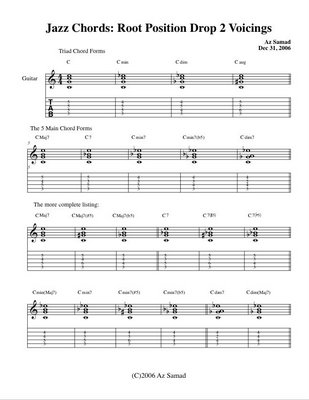The CAGED concept is something I first learned from watching a Joe Pass video. He related that the fingerings on the guitar can be derived from five basic chord shapes, namely - C, A, G, E and D. Hence - CAGED!
He called them cowboy chords (refering to them all being Major Triad shapes - also known as open string chord shapes.) The cool thing about learning scale fingerings this way is that you have a very visual point of reference which is the major chord shape from where the scale is derived from. You could say that the scale actually weaves in and out of the chord tones of the shape.
In this handout that I've made, I've notated the 5 shapes in their naturally occuring open string position along with the scales - starting and ending on the root but going throughout the range that falls within the position. Note that the true value of these fingerings come in when you move it up the neck. For example, if you choose C Major as the scale you wanted to learn all along the fretboard - The shapes would occur in this order: C, A, G, E, D. If you choose G Major, it would be: G, E , D, C and A.
This lesson can also be used hand in hand with the previous post regarding major scale exercises by deriving the idea and applying it to all these fingerings.
As with all my posts here, feel free to ask me questions if any of the explanations are unclear in any way.
Till later, play on!










